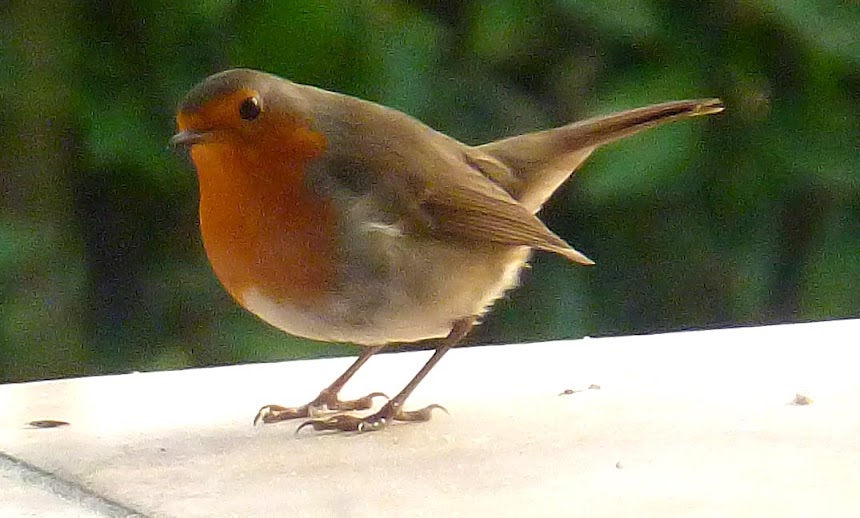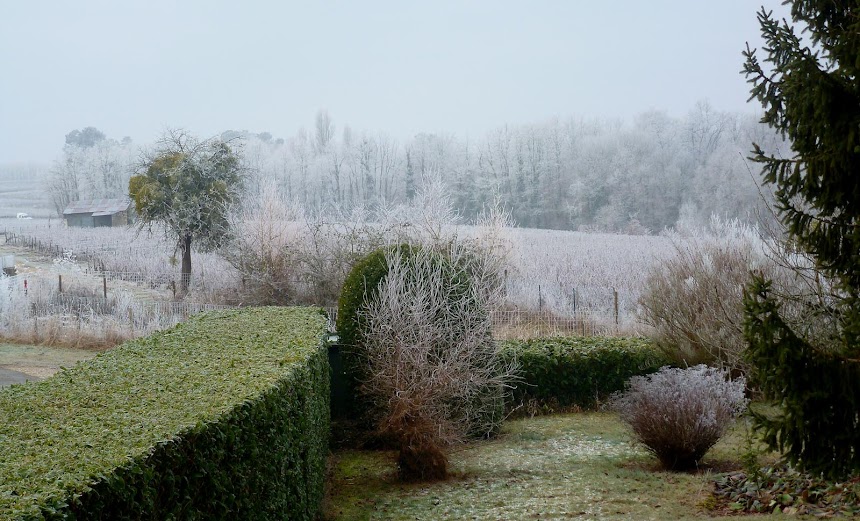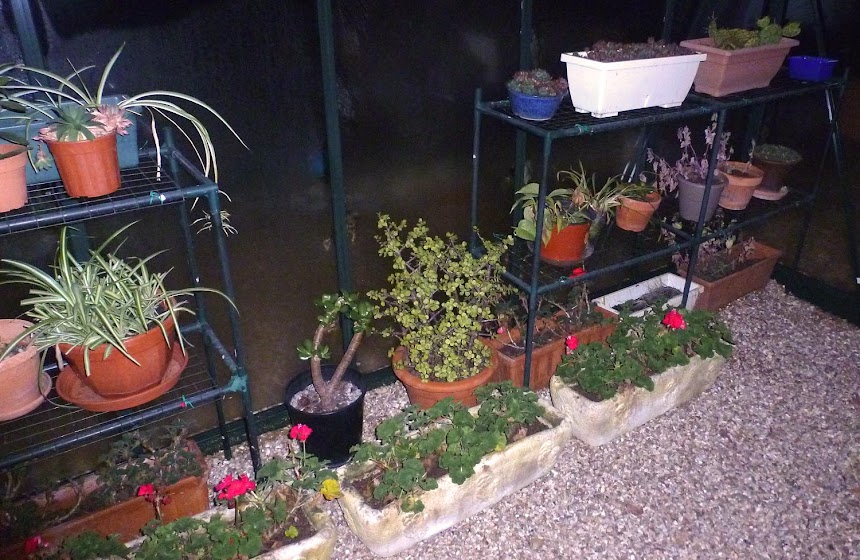So do you think you know what a "town" is? Or a "city"? Or a "village"? Intuitively, we all know. But these terms have technical, administrative meanings, not just their loose meanings in our everyday language.
In the U.S., matters relating to the organization, structure, and terminology used by and for local government authorities are left to each state to decide. We learned this the hard way, working with the translator who drafted French-language versions of our birth certificates.
Good translators — especially court-certified, officially accredited translators working with legal documents — need to be precise and accurate. They don't "adapt" the texts the way they might if they were translating a novel or a magazine article. They don't leave anything out. Every word and sentence on the document needs to be translated, or the translation needs to be annotated to explain why some of the information is not included. For example, a signature that is illegible might call for a note saying
signature illisible.
The birth certificates Walt managed to get from the state department of health in New York state were our biggest headache. They were chock full of sentences that were "helpful" instructions and examples for the person who was filling out different fields on the form. For example, in the Occupation field, there were examples like "silk mill worker." The problem was that they were in tiny type that was blurred because the printouts from microfilm were so bad. It was frustrating, but Walt and I deciphered all that we could. We couldn't find a model of the form on-line, so we had to do our best. Translators, of course, don't want to just take your word for it. They want it clear. We worked through it as best we could.
Then there were the words and expressions that were legible. That was almost harder. For example, in everyday French, there are really only two words to describe something we have three words for in English — town, city, and village. In French, you have
ville and
village. The ville can be
une petite ville (town) or
une grande ville (city) but those are not technical terms.
In France the official, technical term for these incorporated local entities is
commune. But it doesn't really correspond to a term in English — at least not in American English. We don't have
communes, in the French sense.
Communes are not exactly villages, towns, or cities, but at the same time
commune is the name for all of those. The
commune we live in has a
bourg ("burg"), which is the village center, and a dozen or more
hameaux (hamlets) or settlements. Just to help things along, these unincorporated hamlets are called
villages by the local population.
Bourg (village center) is not an administrative or technical term but just a colorful expression. Another term for it might be
agglomération (the built-up area).
Have a look at the differences between the terminology and organization in just two U.S. states, New York (where Walt was born) and North Carolina (where I was born). Here are some of the things I have learned about New York: everybody who lives in the state of New York lives either in a town or a city. Some people live in a village, a town, and a county at the same time. Others live in a city and a county. Towns and cities are two completely — well, almost completely — mutually exclusive entities, but towns and villages are not. At the same time, both cities and villages are incorporated municipalities, so they are equivalent on some legal level.
It turns out that a town in New York is not at all what most of us think of when we use the word "town" in the rest of the U.S. A New York town is what many states call a township. It's an unincorporated area that can contain villages and hamlets that all have placenames. In many states, townships have cities in them, but not in N.Y. Cities stand alone. Meanwhile, the largest village in New York is larger than many of the state's cities. The states largest town (official usage) is larger than any city in New York with the exception of New York City (which spans five counties and has no towns or townships embedded in it).
Meanwhile, in North Carolina, everybody necessarily lives in a named township. Some people live in towns, which by law, can also be called villages or cities. In other words, there is no distinction, legally, between a village, a town, and a city in N.C. Local people who get the authorization to incorporate a government for their settlement can call the place a village, a town, or a city as they please. The state doesn't care. For example, the place where I was born and grew up is called "The Town of Morehead City."
Okay, I guess I've made that point. You probably don't care any more. A New York town can't have a city in it. A North Carolina town is a city if it says it is. The complications of all this can make your head spin. Imagine — there are 50 U.S. states, and every one is probably different from the all others, by some order of magnitude, where the details of the terminology it uses at the local level of government is concerned.
And then the poor translator has to sort it all out. What is a New York "town" in French terminology? It's not a
commune. It's not a
ville. It's not a
village. As a translator, you can't just make up a term for it. A New York town doesn't have a mayor. But if there is a village in the town, the village has a mayor. France has terms like
canton,
lieu-dit, and
arrondissement, but none of them seems to mean town or township — a subdivision of a county.
On the New York birth certificate, to specify birthplace, the form includes afield for the name of the Town, and another field for Village or City. Walt's parents lived in a Town (an unincorporated area outside Albany) but not in a village. The field for Village or City was filled in with the name Albany. Maybe that was just an error, but there it was, and it had to be dealt with. While people in New York and elsewhere in the U.S. know intuitively that Albany NY is a city, but a non-American translator might not. How can you live in a town and in a city at the same time? Actually, you can't, in New York, but your mailing address (post offices being a federal, not local, institution), if you live outside but close to the border of a city, can be the name of the city.
We've been going around and around about all this. The differences in the way different countries and states are organized and the terms are used make it nearly impossible to do a translation that is 100% accurate. Even if you know that a lot of this doesn't matter to the few government employees and functionaries who will be the only ones to ever read these translations (if they do), when you are in the throes of the job of getting everything right you can't let yourself be distracted by that. Does anybody care that my father was born outside of town, in a township, while the French translation of his birth certificate says he was born in the town? Or that Walt's parents lived in a town but had a mailing adress in the city? Probably not.
Don't worry, there won't be a quiz on all this...


















































